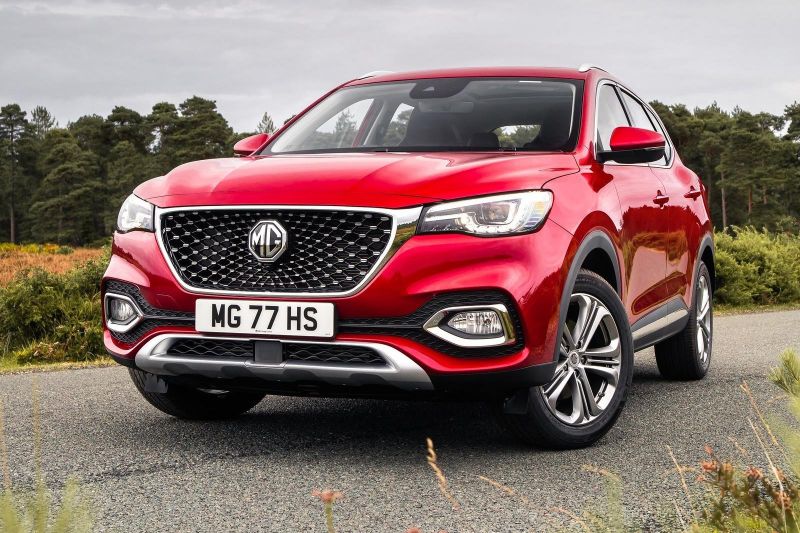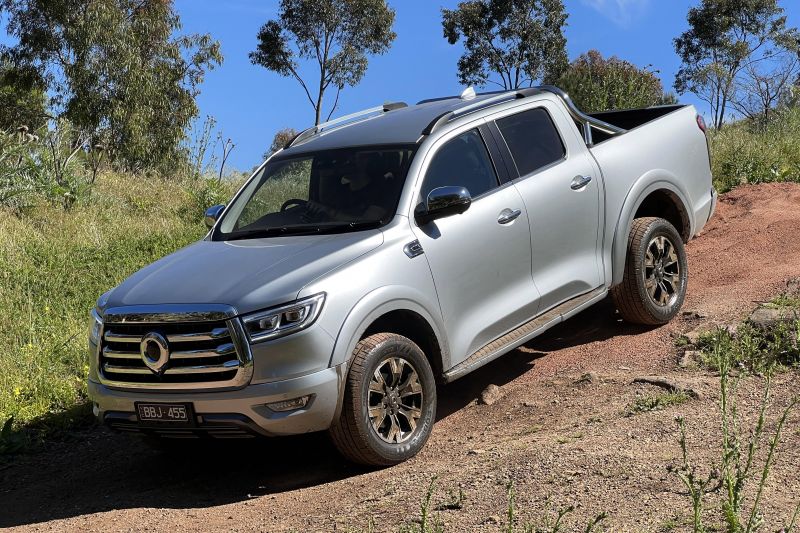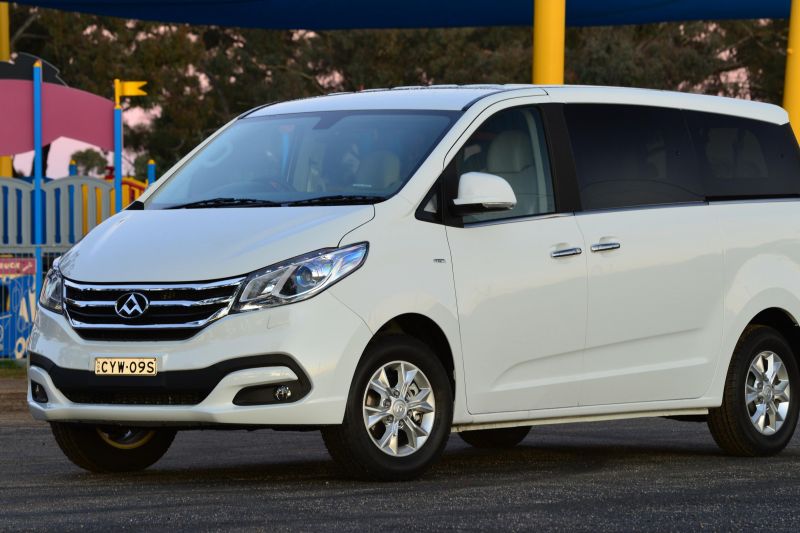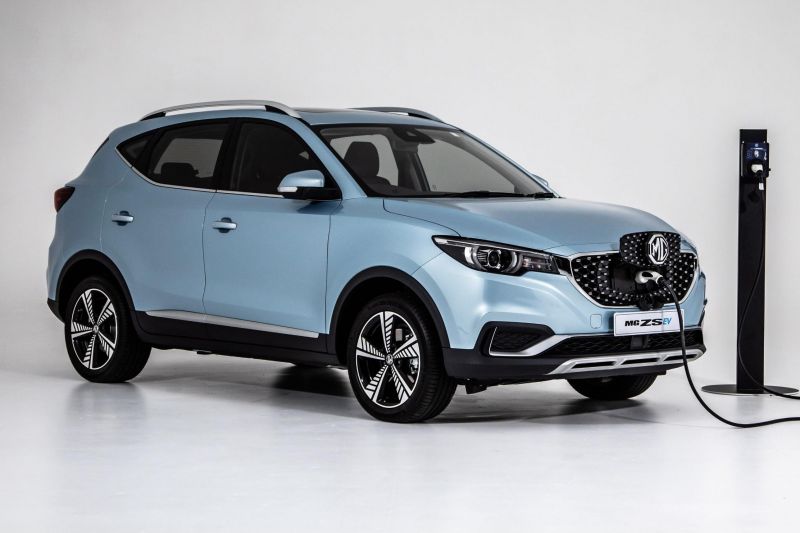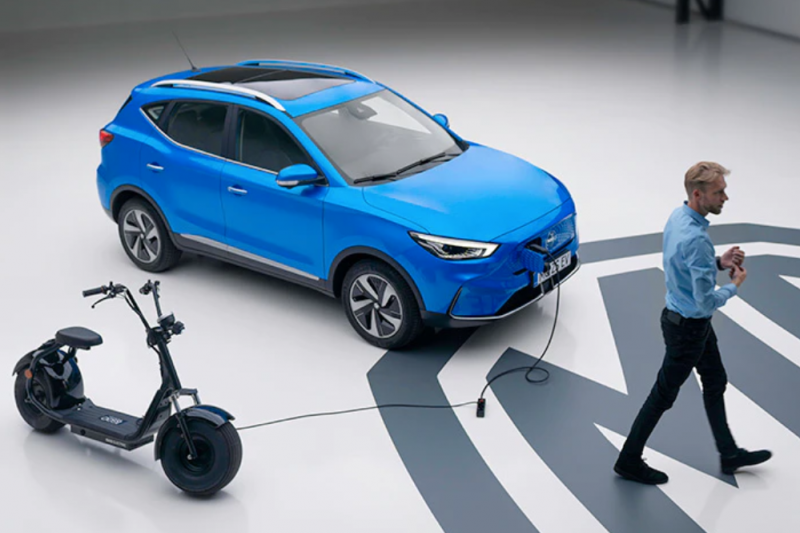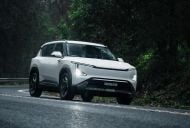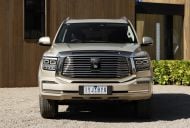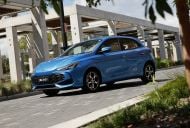Improving and expanding car brands from China are capitalising on the price increases and supply constraints curtailing many competitors.
Not only are cars from GWM, Haval, LDV and MG cheaper than the established players, there has also been stock on the ground – though the country’s supply chain is under pressure now.
More importantly, each new model iteration brings improvements that seem to be winning cost-conscious or brand-agnostic buyers over, helped no doubt by long warranties.
Top of the heap is MG with 32,014 sales to the end of October, a higher year-to-date tally than Subaru (31,499) and sufficient to sit in ninth place overall.
Great Wall Motor combines its GWM Ute and Haval SUV brands, totalling 14,892 sales year to date –placing it ahead of Honda (14,560) and Suzuki (14,432).
Their respective growth figures this year are 183 per cent and 274 per cent year-on-year. Australia has subsequently become GWM’s number-one export market.
LDV is imported and sold by company Ateco separate to MG, but globally it’s another arm of SAIC Motor. It has found 12,128 buyers this year – many tradies and delivery drivers.
If you add MG and LDV despite their separate Australian operations, it means SAIC Motor has sold 44,142 cars this year – which would place it seventh between Mitsubishi and Volkswagen.
China has now become Australia’s fourth major source of cars, with Australians buying 61,953 vehicles made there this year from the four brands mentioned, plus certain Volvos.
This doesn’t include the Tesla Model 3, which is made in Shanghai but not counted in the monthly VFACTS reports. If we did add Tesla, that tally would sit around 70,000.
Only Japan (302,221), Thailand (194,195) and Korea (121,817) are larger sources of cars now, with Germany pushed to fifth on 37,289 YTD.
In terms of models, the MG ZS is the biggest-selling small SUV from any brand. Its 14,867 annual tally betters the Mitsubishi ASX (12,087), Mazda CX-30 (11,329) and Hyundai Kona (11,157).
MG also makes the top-selling light car, the dated but cheap MG 3, which this year has found 11,545 buyers and 31.3 per cent market share.
MG also makes the country’s number-two electric car by volume (ZS EV, behind the Model 3) and plug-in hybrid (HS PHEV).
GWM’s growth is coming on the back of the Ute, having sold 5693 4×4 dual-cabs this year and nabbing a 3.5 per cent segment share. In October it outsold the Mitsubishi Triton and Volkswagen Amarok.
Haval’s two crossovers – the smaller Jolion (2843 sales, 2.7 per cent segment share) and larger H6 (2661, 2.1 per cent share) – are both growing at a rate of knots too.
The latter will soon get a hybrid to tackle the ubiquitous electrified Toyota RAV4, and likely a stylised H6S with the in-vogue elongated coupe-style roof.
LDV is making most of its impact in the light commercial space, sitting eighth on the sales charts in this part of the market.
The T60 just trails the GWM, but the G10 van is becoming popular with contractors and has taken 11.1 per cent market share this year in a van segment sitting at all-time highs.
What’s coming from China next? See below.
MORE: BYD Yuan Plus electric SUV locked in for Australia
MORE: Chinese Ora Cat 01 electric car going global
MORE: MG wants attainable sports, luxury cars
MORE: GWM plans for Big Dog, Tank 300, bold 2021 target
MORE: China’s LDV T90 electric ute confirmed for right-hand drive





